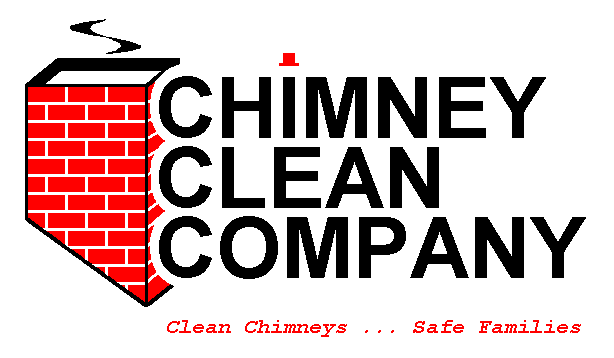A chimney liner serves as a protective barrier between the heat, gases, and byproducts of combustion and the chimney walls. Proper care and maintenance of your chimney liner are important for the safety and efficiency of your fireplace or heating system.
Here are a few valuable tips on caring for your chimney liner.
Schedule Regular Inspections
One of the most important steps in maintaining your chimney liner is scheduling regular inspections. A certified chimney professional should inspect your chimney and liner at least once a year. During the inspection, the professional will check for any signs of damage, such as cracks, deterioration, or creosote buildup. Early detection of issues can prevent costly repairs and ensure your chimney liner remains in good condition.
Regular Cleaning
Regular cleaning helps maintain your chimney liner. Over time, creosote and soot can accumulate on the liner, increasing the risk of chimney fires. A professional chimney sweep can remove this buildup, keeping your liner clean and safe. Depending on how often you use your fireplace, you may need to schedule cleaning more frequently, especially if you burn a lot of wood.
Repair Damages Promptly
If your chimney liner shows signs of damage, such as cracks or corrosion, address these issues promptly. Ignoring damage can lead to further deterioration and pose a safety hazard. A chimney professional can repair or replace the liner as needed.
Use the Right Fuel
The type of fuel you use in your fireplace or stove can impact the condition of your chimney liner. Burning oak is a smart choice, as it produces less creosote and burns more efficiently. Avoid burning wet wood, as it generates more creosote and can accelerate the buildup on your liner. Also, refrain from burning household trash, plastics, or other materials that can produce harmful byproducts and damage your liner.
Install a Chimney Cap
A chimney cap is a valuable addition to your chimney system. It prevents debris, animals, and moisture from entering the chimney, which can damage the liner. A cap also helps to keep sparks and embers from escaping the chimney, reducing the risk of fires. Check that your chimney cap is in good condition and free from blockages.
Monitor for Warning Signs
Identifying the warning signs can help you address issues with your chimney liner early. Some signs to watch include a strong, unpleasant odor coming from the chimney, smoke backing up into the room, or a visible creosote buildup. If you notice these signs, contact a chimney professional immediately for an inspection and necessary repairs.
Tailored Care for Various Liner Materials
Different liner materials have varying maintenance needs:
- Stainless Steel Liners: These durable liners are corrosion-resistant and require minimal maintenance. However, regular cleaning is still needed to remove creosote buildup.
- Clay Tile Liners: While traditional, clay tile liners are susceptible to cracking and deterioration over time. A professional inspection can identify any issues that need addressing.
- Cast-in-Place Liners: These liners are typically made of concrete and are very durable. However, they can be more prone to cracking due to expansion and contraction, so regular inspections are essential.
Keep your home safe and efficient with Chimney Clean Company, Inc. Schedule your annual chimney inspection and cleaning today to prevent costly repairs and potential hazards. Our certified professionals can keep your chimney in peak condition. Contact us now to book an appointment and breathe easier knowing your home is protected.

